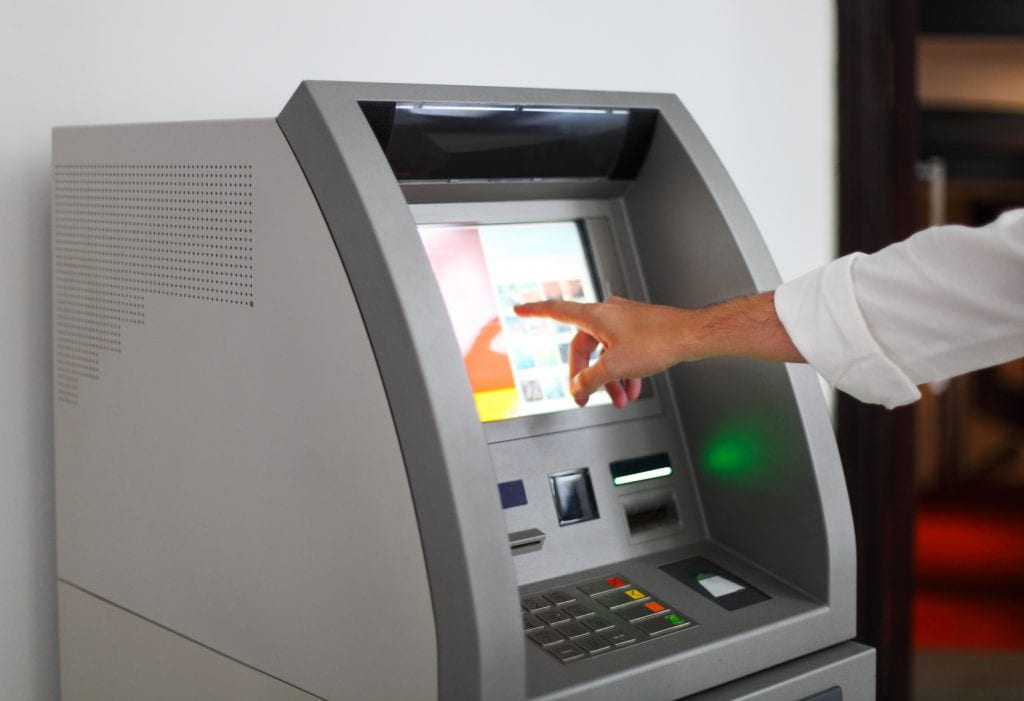As discussed in a recent Mercator publication “Mobile Order and Pay Ahead: A New Sales Channel for Restaurants and Merchants,” mobile order and pay apps have really taken off with U.S. consumers. As the following article relates, these time-saving mobile apps are creating some unforeseen problems for Starbucks.
Starbucks has a good problem with mobile ordering. The retailer experienced its weakest quarterly comp gain since 2009 at the end of last year. On its first-quarter conference call in January, company officials attributed the lack of growth to long lines that are being exacerbated by an uptick in mobile ordering. Waits at its higher-volume stores at peak times caused some customers to walk out.
To test ways of eliminating the bottlenecks, Starbucks will open a dedicated mobile order and pay-only store at its Seattle headquarters.
The location will only serve Starbucks employees who make use of the Mobile Order & Pay app. A large pick-up window offers a view to baristas preparing the orders, according to Reuters. Starbucks’ headquarters has two cafes that serve its more than 5,000 employees.
Introduced in 2015 to help customers avoid lines, Mobile Order & Pay accounted for 7% of U.S. orders in the last quarter, up from three percent in the prior year. Those ordering receive an estimated time when their beverage will be ready and then head to a pick-up location.
To address the problem, Starbucks has focused on workflow, including adding one or two more baristas dedicated to mobile orders at high-volume stores during peak hours. The company is also testing sending text alerts to customers when orders are ready.
Quick service restaurants are currently the sweet spot for mobile order and pay ahead apps. These businesses thrive on high traffic locations with a steady base of frequently returning customers. When they integrate loyalty and marketing offers to their mobile apps, transaction volume and average check size increase significantly—not to mention how staff productivity and capacity utilization rise as well. However, as Starbucks is finding out, added business brings challenges to re-engineer the order process as well as re-configure the store layout. Expect to see these changes coming to a Starbucks near you.
Overview by Raymond Pucci, Associate Director, Research Services Advisory Service at Mercator Advisory Group
Read the full story here
